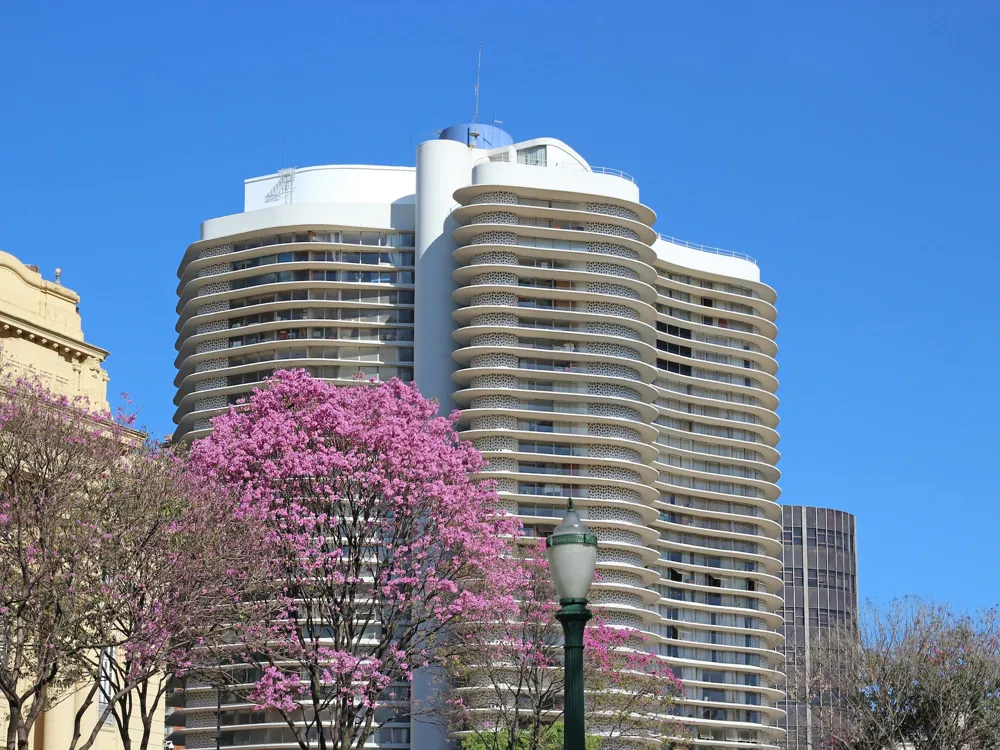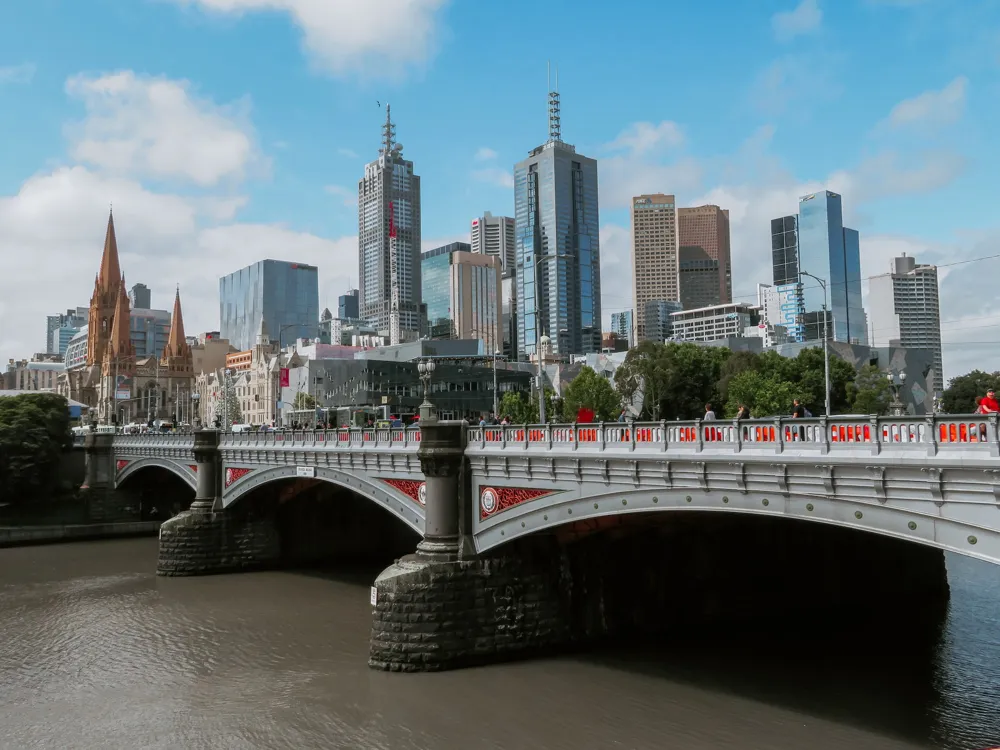The Museu de Artes e Ofícios (MAO) is a beacon of culture and history nestled in the heart of Belo Horizonte, Brazil. This museum, a testament to the skill and creativity of Brazilian artisans, offers a unique window into the traditional arts and crafts of the country. Housed in a historic railroad station, the museum showcases a vast collection of over 2,000 pieces that span from the 17th to the 20th century, offering insight into the lives and work of ordinary Brazilians through the ages. The museum's collections are divided into various thematic areas, such as textiles, woodworking, metalworking, and more, each telling a different story of Brazilian craftsmanship. These exhibits not only display the finished products but also delve into the processes and tools used in their creation, thereby providing a comprehensive understanding of Brazilian artisanal history. The MAO is more than a museum; it's a journey through time, celebrating the enduring spirit of Brazilian artisans. The collection at Museu de Artes e Ofícios is significant for several reasons. First, it provides a tangible link to Brazil's past, showcasing the evolution of traditional crafts and the adaptation of these skills over time. Secondly, it highlights the cultural diversity of Brazil, reflecting the varied influences that have shaped Brazilian art and craft. Lastly, the museum plays a crucial role in preserving these traditional techniques, many of which are at risk of being lost in the modern age. MAO is not just a place for passive observation; it's an interactive and educational hub. The museum frequently hosts workshops, demonstrations, and interactive exhibits, allowing visitors to experience these crafts firsthand. This hands-on approach makes the museum a popular destination for families and educational groups, fostering a deeper appreciation for Brazil's artisanal heritage. The Museu de Artes e Ofícios is a vital part of the local community in Belo Horizonte. It serves as a cultural center, hosting events, exhibitions, and programs that engage the public in the arts. The museum's efforts in cultural preservation and education have made it a significant landmark in the city, contributing to Belo Horizonte's reputation as a center of Brazilian culture and history. The architecture of the Museu de Artes e Ofícios is as captivating as its contents. Housed in the old Central Station of Belo Horizonte, the building itself is a piece of art, reflecting the rich history of the city. The structure, built in the early 20th century, is a stunning example of neoclassical architecture, with its grand façades, high ceilings, and intricate details. The renovation of the building into a museum was a careful process, aimed at preserving its historical significance while adapting it for modern use. The result is a harmonious blend of old and new, where contemporary exhibition spaces seamlessly integrate with the historical architecture. The museum's design not only respects the original structure but also enhances the visitor's experience of the exhibits. The Central Station, now home to the MAO, has a storied past. As a former railway station, it was a pivotal point in the development of Belo Horizonte and played a significant role in the economic and social growth of the region. The station was a hub of activity, connecting Belo Horizonte with other parts of Brazil and facilitating the movement of people and goods. Its transformation into a museum has given this historic building a new lease on life, allowing it to continue to be a central part of the city's cultural landscape. In converting the station to a museum, great emphasis was placed on sustainability and preservation. The renovation process involved restoring original features of the building, such as the façade and the main hall, while incorporating modern amenities and environmental considerations. This approach not only preserves the historical integrity of the building but also sets a precedent for sustainable urban development in Belo Horizonte. The museum's architecture is notable for its elegant façades, large arched windows, and spacious interiors. The design elements, such as the intricate tile work, ornamental ironwork, and period lighting fixtures, are carefully preserved, adding to the museum's charm. The integration of modern exhibition spaces within this historical framework creates a unique and captivating environment for visitors to explore Brazil's artisanal heritage. It's advisable to check the museum's website for the latest information on opening hours and any special events. Weekdays are generally less crowded, offering a more leisurely experience. Allow at least two hours for your visit to fully appreciate the exhibits. Consider joining a guided tour for a more insightful experience. The tours, often led by knowledgeable guides, provide deeper context to the exhibits and the history of the building. The museum is wheelchair accessible, with elevators and ramps available. Special arrangements can also be made for visitors with other accessibility needs. Photography is usually allowed, but it's best to check the museum's photography policy beforehand. Flash photography and tripods may be restricted in certain areas. The museum offers amenities such as a café, a gift shop, and restrooms. These facilities make the visit more comfortable and provide an opportunity to take home a souvenir from the museum. Museu de Artes e Ofícios is conveniently located in the city center of Belo Horizonte and is easily accessible by various modes of transportation. For visitors traveling by car, there are several parking options nearby. The museum is also well-connected by public transport, with many bus lines and a metro station close to the museum. For those preferring a more scenic route, biking or walking to the museum is also a viable option, especially from downtown areas. For international or out-of-state visitors, the nearest airport is the Tancredo Neves International Airport. From there, one can take a taxi, bus, or rent a car to reach the museum. The central location of the museum makes it a convenient and accessible destination for both locals and tourists alike. Read More:Overview of Museu de Artes e Ofícios in Belo Horizonte
Significance of the Museum's Collection
Interactive and Educational Aspects
Community and Cultural Impact
Architecture of Museu de Artes e Ofícios
Historical Significance of the Building
Preservation and Sustainability Efforts
Architectural Features and Design Elements
Tips When Visiting Museu de Artes e Ofícios
Planning Your Visit
Guided Tours
Accessibility
Photography Policies
Facilities and Amenities
How To Reach Museu de Artes e Ofícios
Museu de Artes e Oficios
Belo Horizonte
NaN onwards
View belo-horizonte Packages
Belo-horizonte Travel Packages
View All Packages For Belo-horizonte
Top Hotel Collections for Belo-horizonte

Private Pool

Luxury Hotels

5-Star Hotels

Pet Friendly
Top Hotels Near Belo-horizonte
Other Top Ranking Places In Belo-horizonte
View All Places To Visit In belo-horizonte
View belo-horizonte Packages
Belo-horizonte Travel Packages
View All Packages For Belo-horizonte
Top Hotel Collections for Belo-horizonte

Private Pool

Luxury Hotels

5-Star Hotels

Pet Friendly




















